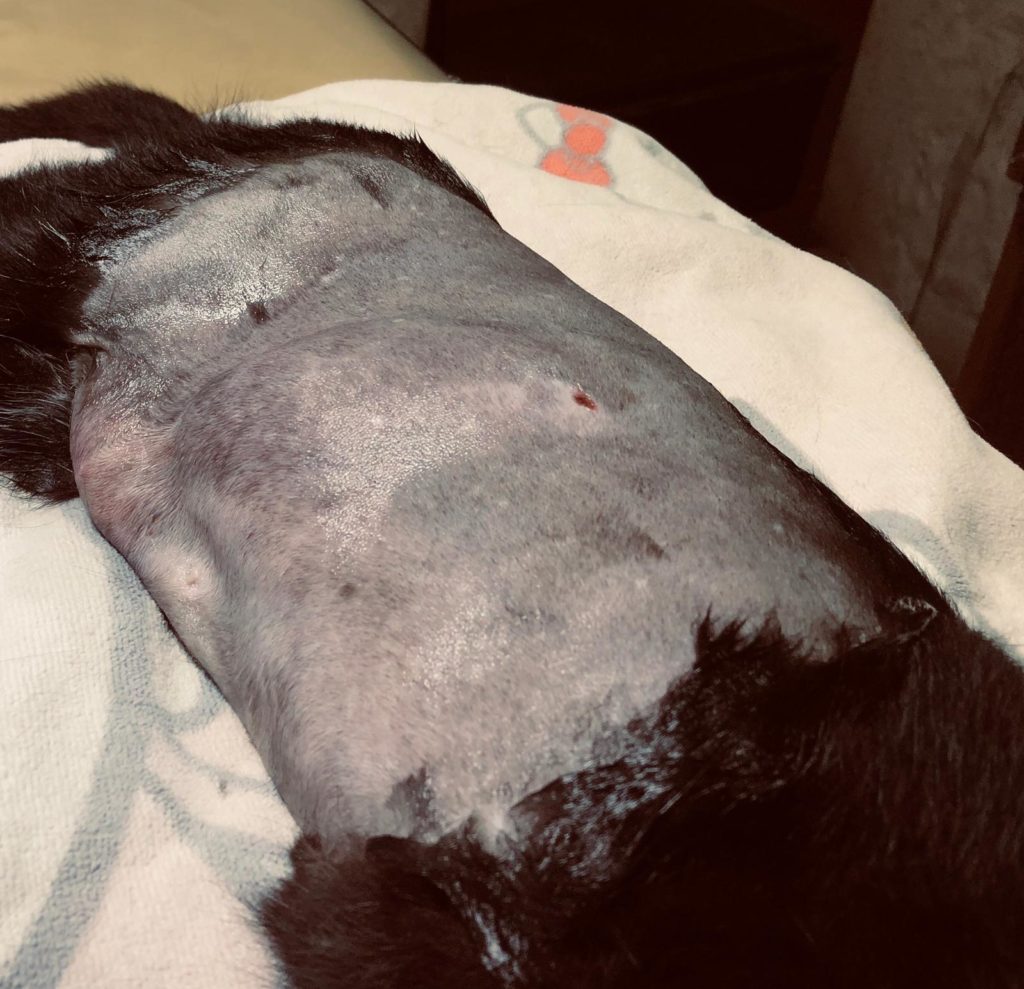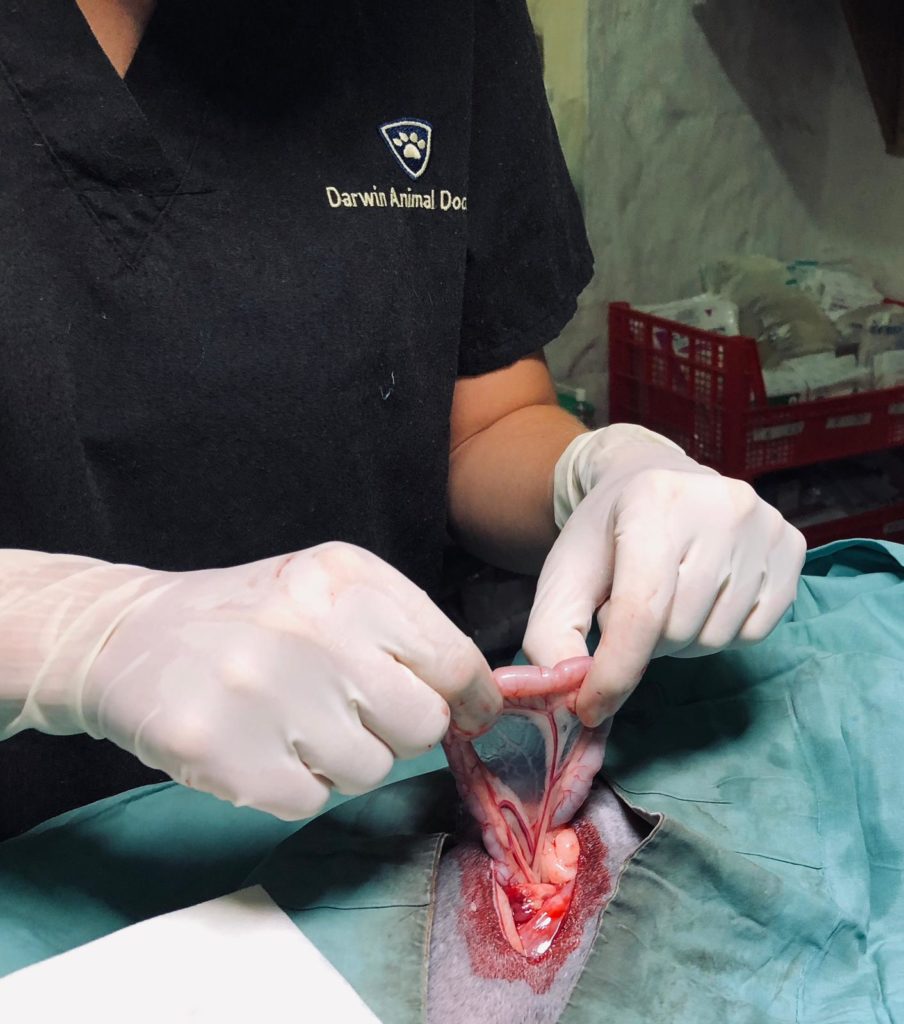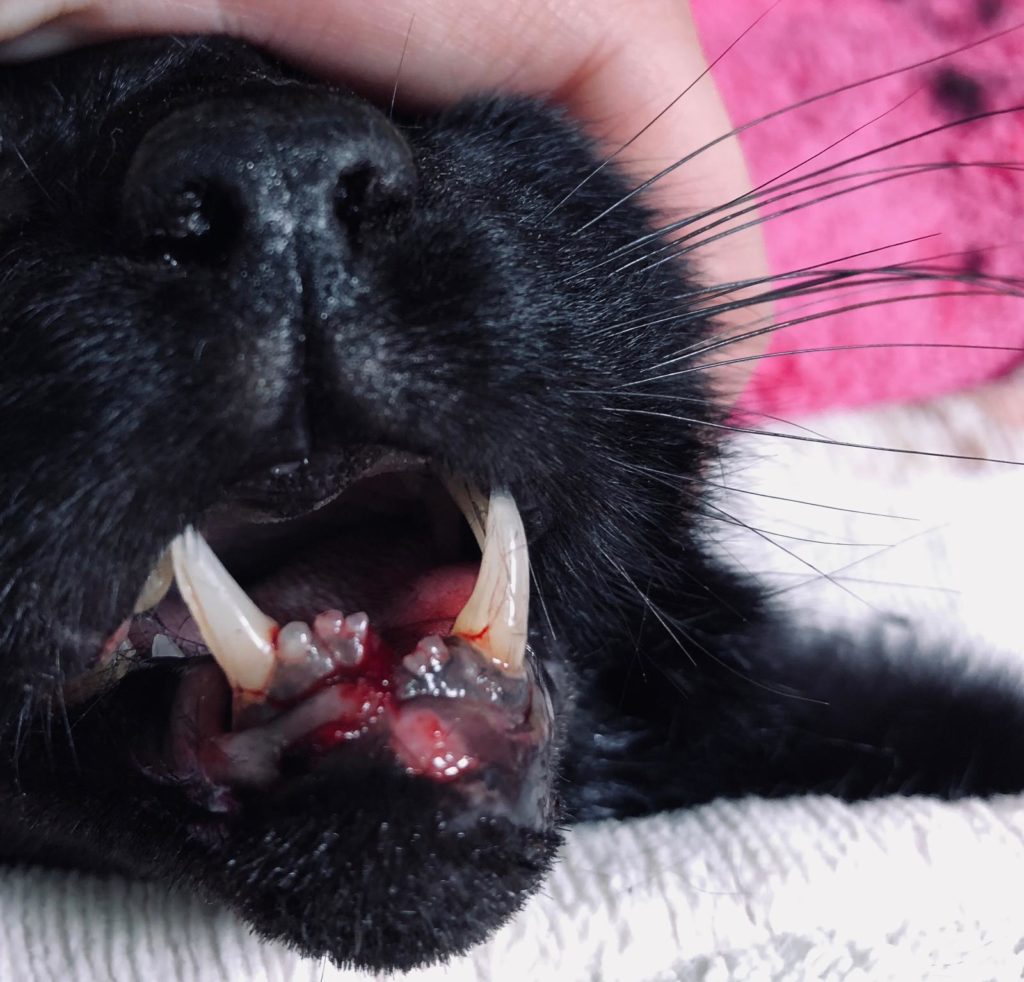Importance of Sterilization
For years, pet owners have questioned whether to spay or neuter their pets. However, history and research show that there are many pros to having your pets spayed or neutered.
What is Sterilization?
“Spaying” is the surgical removal of the reproductive organs of female animals. “Neutering” is the surgical removal of male animal’s testicles. Both surgeries occur while the animals are under anesthesia. The veterinarian may keep your pet under observation for a couple hours to several days, depending on the animal’s age, size, health, and reaction to the anesthesia.
Why should I sterilize my animals?
Sterilization has many benefits, including improving the health of your animals, reducing undesirable behaviors, and preventing unwanted animals.
First and foremost, sterilizing your pet will help them live a longer and healthier life. Spaying and neutering reduces, or can even eliminate, a number of health problems that are difficult and/or expensive to treat. By neutering your male animals, you help prevent testicular cancer and prostate problems. Spaying helps prevent uterine infections and breast tumors in your female animals.
Sterilization can help change unwanted behavior from your animals. For example, some aggression problems in male animals can be avoided by early neutering. Your male dog will be less likely to roam away from your home, preventing potential accidents from cars or fights with other males. Unneutered dogs and cats will be less likely to mark their territory by spraying strong-smelling urine all over the house. They may be less likely to mount other dogs, people, and objects.
By spaying your female animals, they will no longer go into heat. This will help stop a number of undesirable behavior in both males and female animals. In females, it is common for them to urinate more frequently in attempt to attract males. They often will get blood on your furniture, exhibit nervous behavior, and attract unwanted males to your home. Males are capable of doing almost anything to find a mate, including finding creative ways of to escape from the house, or enter the area where the female is in heat.
It should be noted that neutering your male dogs does not guarantee to resolve all behavioral problems. There is a correlation between testosterone levels and certain undesirable behaviors, such as aggression. However, the surgery only reduces the amount of testosterone in your dog’s system; it does not eliminate the hormone completely. Further, neutering will not reduce or eliminate learned or habitual behaviors. The impact of the sterilization largely depends on your animal’s individual personality, history, and physiology.
Finally, the impact of sterilizing your pets goes much further than your home. Spaying and neutering your individual pets helps your community by preventing the birth of unwanted animals. Communities and animal shelters spend millions of dollars to control unwanted dogs. Shelters are overburdened with animals, and some shelters euthanize their dogs after a certain time period to allow for more. Stray dogs and cats can cause issues in your neighborhood by getting into trash, spreading diseases, and displaying potentially aggressive behavior.
The cost of your pet’s sterilization surgery is a lot less than having to care for a litter. Sterilization also costs much less than the cost of potential treatments from health complications in the future!
Consider this: One pair of un-sterilized cats, together with their offspring, can result in 420,000 kittens in seven years. One pair of un-sterilized dogs, with their offspring, can result in 4,372 puppies in the same time frame.
When should I spay/neuter my pets?
For dogs: Typically, owners sterilize their pups between six to nine months. However, puppies as young as eight weeks old can be neutered as long as they are healthy. Dogs can be sterilized as adults as well, although there may be more risk for post-operative complications in older dogs.
For cats: It is generally considered safe for kittens as young as eight weeks old to be spayed or neutered. It is advisable to sterilize your cats before they are five months old, but adult cats can also undergo the surgery.
Consult with your veterinarian about the best time to spay or neuter your pet. Each animal is different and will require a specific treatment plan. Your veterinarian will be glad to answer any questions you may have about spay or neuter procedures, as well as help you determine the best age at which you should sterilize your dog.
We hope this makes your decision whether or not to spay or neuter your pets much easier!
 Help us provide free spay and neuter surgeries around the world by contributing to Darwin Animal Doctors.
Help us provide free spay and neuter surgeries around the world by contributing to Darwin Animal Doctors.






